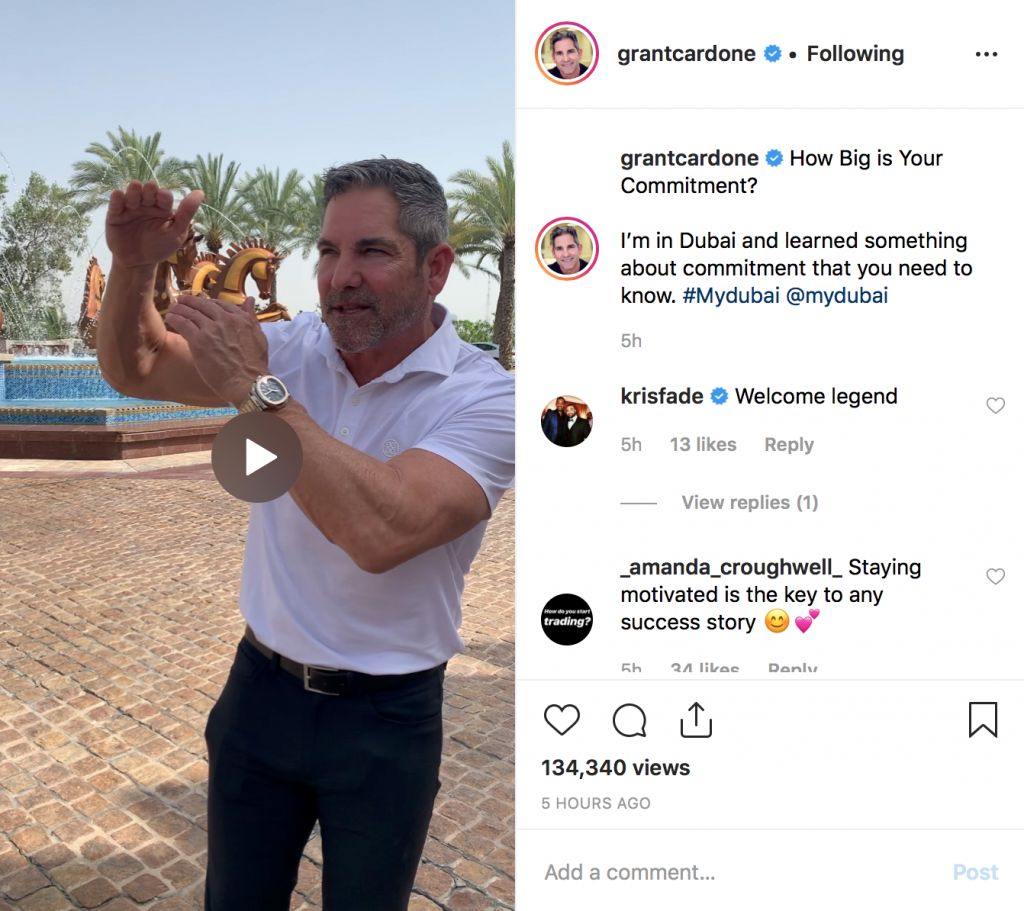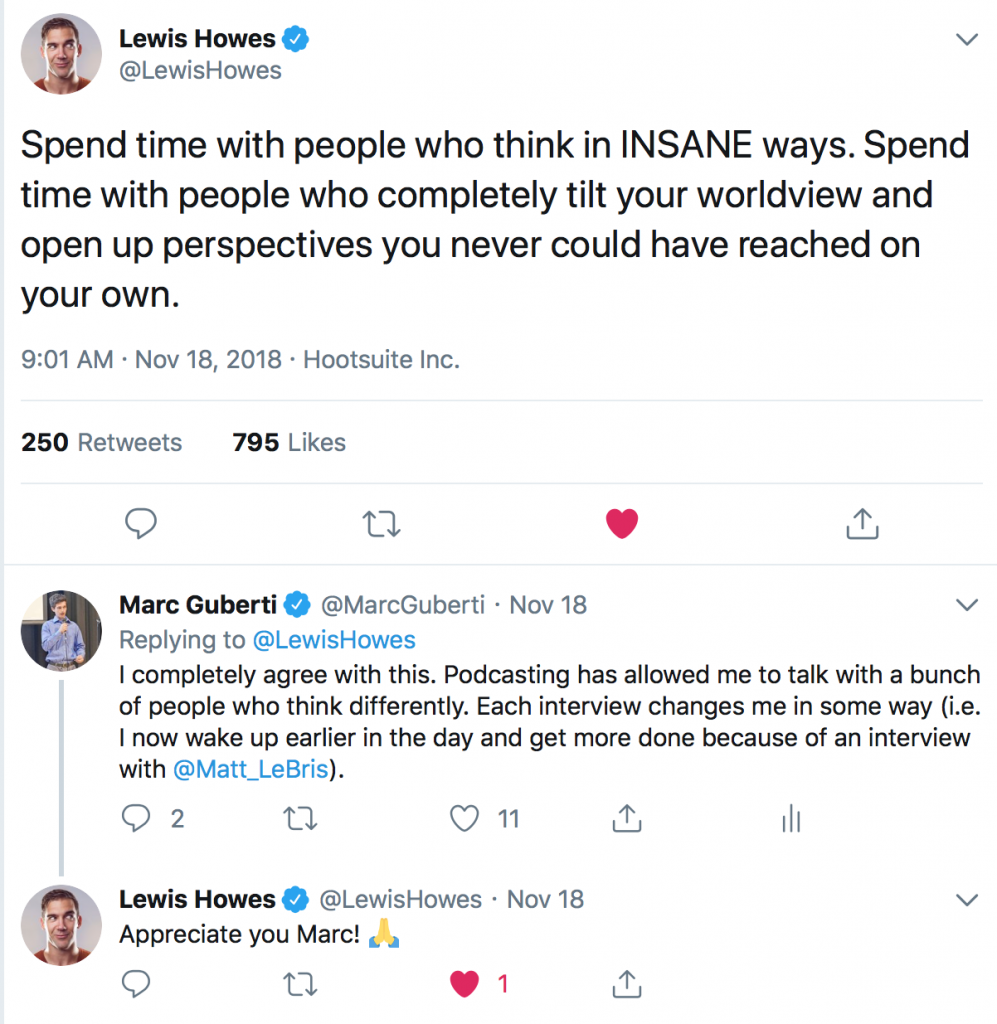Alexandra Stockwell is a Physician turned Relationship Coach. After practicing Family Medicine for seven years and helping families to heal their bodies and their relationships, she studied the science and the art of emotional and sensual connection. After creating joy in daily life, emotional connection, and intimacy with her husband, today’s guest began using the best of what she learned to help others create the joy, freedom, and connection they want.
- How to heal relationships
- Mastering the work-life balance
- Opportunity cost
- Determining your values
- Removing guilt from your life
Key Links From The Episode:
Email me marc@marcguberti.com if you want me to create your funnel (you must not be on ClickFunnels yet)
Test Your Relationship IQ Test
Recommended Books:
Content Marketing Secrets by Marc Guberti
Podcast Domination by Marc Guberti



